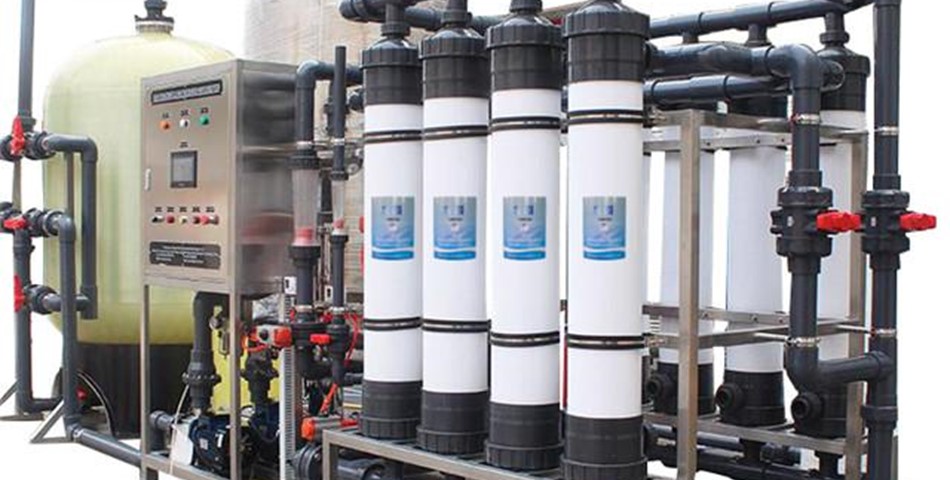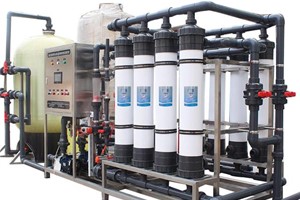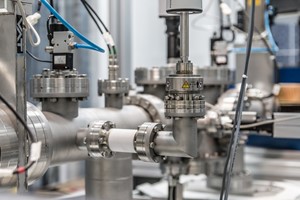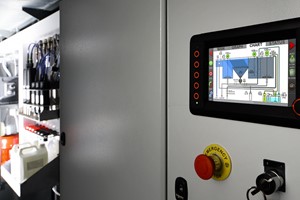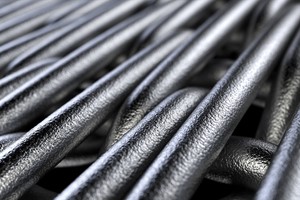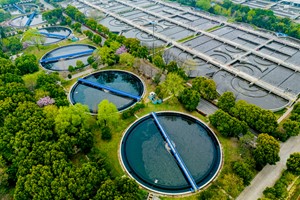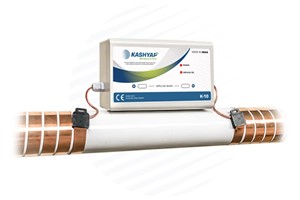Ultrafiltration (UF) uses standard home water pressure to push water through a semipermeable membrane and remove any contaminants. Unlike reverse osmosis, ultrafiltration retains minerals in the water, while filtering out bacteria, viruses, and parasites.
There are many different types of technology used in water treatment plants. One of the most popular is ultrafiltration. This method utilizes specialized membranes to apply hydrostatic pressure and separate suspended solids from water. It is notable because it has replaced traditional treatment protocol — coagulation followed by flocculation and sedimentation — in some parts of the world.
Working principle of ultrafiltration filter
Ultrafiltration technology is close to the membrane system between microfiltration and nanofiltration membranes, with an average diameter of 3-100nm. Uf membrane module is a membrane separation device that can purify and separate aqueous solutions. The interception principle of the concentrated membrane separation equipment is mainly the screening effect. However, sometimes the membrane pores are larger than the molecular structure of the organic solvent and larger than the molecular structure of the solute. The organic chemical properties of the membrane surface also have a trapping effect. The pressure difference on both sides of the membrane is used as the driving force, and the ultrafiltration membrane is used as the filter material. Under a certain working pressure, when the flowing water passes through the membrane surface, only the concentration base of water and low-content substances is allowed, so as to realize the purification, separation, and concentration of the aqueous solution.
How ultrafiltration works
Ultrafiltration is one membrane filtration process that serves as a barrier to separate harmful bacteria, viruses, and other contaminants from clean water. An ultrafiltration water system forces water through a .02-micron membrane. Suspended particles that are too large to pass through the membrane stick to the outer membrane surface. Only fresh water and dissolved minerals pass through.
The application of ultrafiltration filter
- Drinking water
Ultrafiltration can generally remove microbial strains such as Daphnia, algae, germs and even virus infections contained in water. Combined with the second-generation process treatment, it can make full use of the advantages of various processing techniques to eliminate pathogenic microbial strains, turbidity in water. All natural organic compounds, a small amount of organic chemical pollutants, permanganate index, etc. have good practical effects, so as to meet everyone's higher and higher requirements for water bodies.
- Wastewater
According to the various characteristics of uf membrane module, it is widely used in both domestic sewage treatment and industrial production. Domestic sewage can be reused after the water quality is improved after being treated by ultrafiltration filter. The general technology cannot reach the qualification, so the choice of ultrafiltration technology can fully solve the problem.
In the operation of ultrafiltration filter, the scientific research of ultrafiltration membrane fouling control should be emphasized to prevent the failure of ultrafiltration membrane, thereby improving and improving the rationality, energy saving and practical operation management methods of the equipment.
First, the characteristics of ultrafiltration filter
Ultrafiltration filter adopts vertical cross filtration method, which can be reasonably cleaned or reversed. Therefore, it has obvious performance different from other purification separation equipment.
- High precision: completely filter pathogenic bacteria, rust, colloidal solution, biological macromolecular substances, and other substances in the water, preserve the nutrients that are beneficial to health, and filter the biological and turbidity of the water.
- Long service life: Because ultrafiltration filter adopts the principle of vertical cross filtration, automatic cleaning, and it is not easy to be dirty and blocked, so under normal use conditions, the service life of uf filter cartridge is 30-50 times that of ordinary water purifiers.
- Large flux: It can meet the requirements of direct drinking, beauty and skin care, showering, eating, and daily cleaning at the same time
Second, the composition of hollow fiber ultrafiltration membrane
Hollow fiber ultrafiltration membrane is a different semi-permeable membrane made of polymer materials with unique technology. It is in the shape of hollow capillaries, and the wall thickness is covered with microporous plates. Under the action of working pressure, the stock solution flows in or outside the membrane. , the solution or small molecular water in it can pass through the membrane and become ultrafiltrate by collection, while the polymer material and colloidal solution particles are blocked on the membrane surface and taken away by the stock solution circulating in the circulation system to become the extraction solution, so as to achieve The purpose of substance separation, concentration and purification.
The Pros & Cons of Ultrafiltration Technologies
Pro: No Chemicals Necessary
Many treatment centers have adopted an ultrafiltration method of wastewater treatment because it requires no chemicals during processing. Traditional processing methods often require the addition of many different chemicals, including various polymers, sludge conditioners, odor control agents, and chemical flocculants — and there are known hazards associated with many of these chemicals. It’s commonplace for hexavalent chromium to be used to minimize odor, for example, but when it leaches into groundwater, it can cause a litany of serious ailments.
Pro: Consistent Water Quality
Another advantage of ultrafiltration that its proponents commonly cite is the consistent quality of water that it can produce. In traditional wastewater treatment modalities, the quality of the water produced is often directly correlated to the quality of the feed. In other words, water with more contaminants and pathogens may result in an output of water that contains a higher concentration of these substances. Ultrafiltration, on the other hand, can consistently offer high-quality potable water, regardless of the quality of incoming wastewater.
Con: Higher Energy Costs
Although ultrafiltration offers many attractive benefits, there are several cons that should be acknowledged, too. Among these is the increased energy expenditure that’s required for an ultrafiltration facility to operate — and higher energy expenditures mean higher costs. This is because the process demands a high degree of force to move wastewater through membranes continuously. Several new innovations have emerged, though, that aim to solve this problem and improve the energy efficiency of ultrafiltration.
Con: Recirculation Is Necessary
Another important consideration is the recirculation that’s required to produce potable water via ultrafiltration. This is another part of the process that contributes to its high energy cost. Water must be continuously recirculated in order to prevent egregious loss of water throughout processing. During the first stage of membrane filtration, it’s impossible for all of the wastewater to be drawn through, so it must be recirculated until the water is separated sufficiently from the suspended solids and other contaminants. Water treatment insurance can help cover liabilities associated with this process, though, and prevents unnecessary exposure to loss.




